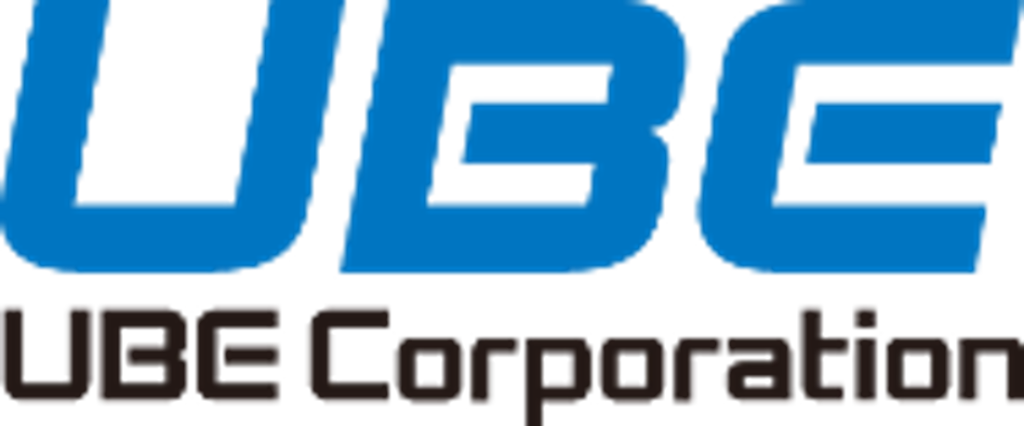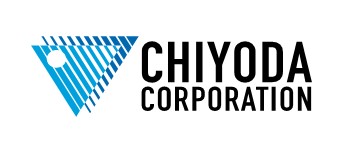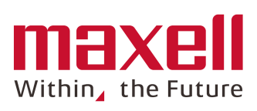Moonshot Research and Development Program ●Japanese / ●English
DAC-U (Direct Air Capture and Utilization) System in Urban Areas

| TOP | Greetings | Background and Purpose | R&D Summary | Other |
Background and Purpose
Background and Purpose
CO2 is a very high proportion of greenhouse gases generated by humans, and further reduction is needed to protect the global environment. Japan has declared in its “Long-term Strategy as a Growth Strategy Based on the Paris Agreement” (decided by the Cabinet on June 11, 2019) that it will work to reduce greenhouse gas emissions by 80% by 2050. CO2 reduction is a global issue that requires urgent action. In addition, the “Carbon Recycling Technology Roadmap (Ministry of Economy, Trade and Industry, June 2019)” states that CO2 is regarded as a resource and the policy of controlling emissions by effectively using “Carbon Recycling Technology” is described. Innovative technological development is required.
Under these circumstances, NEDO has launched a research and development program aimed at achieving Moonshot Goal 4 “Realization of sustainable resource circulation to recover the global environment by 2050”, and this project has been adopted as a contractor for this program. The term of the program is set for up to 10 years, from FY2020 to FY2029.
The project focuses on electrochemical technology and aims to develop a process that can capture CO2, reduce it to useful chemical feedstocks and recycle it, and can also disperse it. Specifically, we are developing an integrated system that captures the dilute CO2 emitted into the atmosphere and the CO2 before it is emitted, and electrochemically enriches / reduces it, and produces useful chemical feedstocks using renewable energy as a source. By developing this system, we will build a foundation for carbon recycling.
Project Name
【Program Name】
Moonshot Research and Development Program
【Moonshot Goal 4】
Realization of sustainable resource circulation to recover the global environment by 2050
【Project name】
Integrated Electrochemical Systems for Scalable CO2 Conversion to Chemical Feedstocks
【Project manager】
Masakazu SUGIYAMA, Director/Professor,
Research Center for Advanced Science and Technology, The University of Tokyo
【NEDO Contractors】
The University of Tokyo, Osaka University, RIKEN, UBE Corporation, Shimizu Corporation, Chiyoda Corporation, Furukawa Electric Co., Ltd.
[Recommisioning Contractor]
Maxell, Ltd.
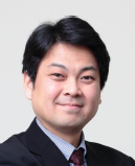
Members / Affiliation
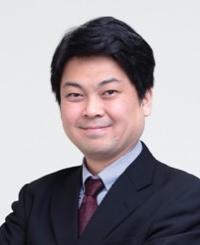
Prof. Masakazu SUGIYAMA,
Director, Research Center for
Advanced Science and
Technology,
Graduate School of Engineering,
Department of Electrical
Engineering,
The University of Tokyo
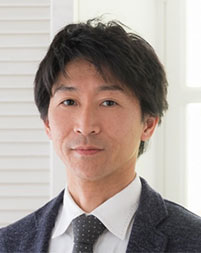
Prof. Syuji NAKANISHI,
Research Center for Solar
Energy Chemistry,
Graduate School of Basic
Engineering,
Osaka University
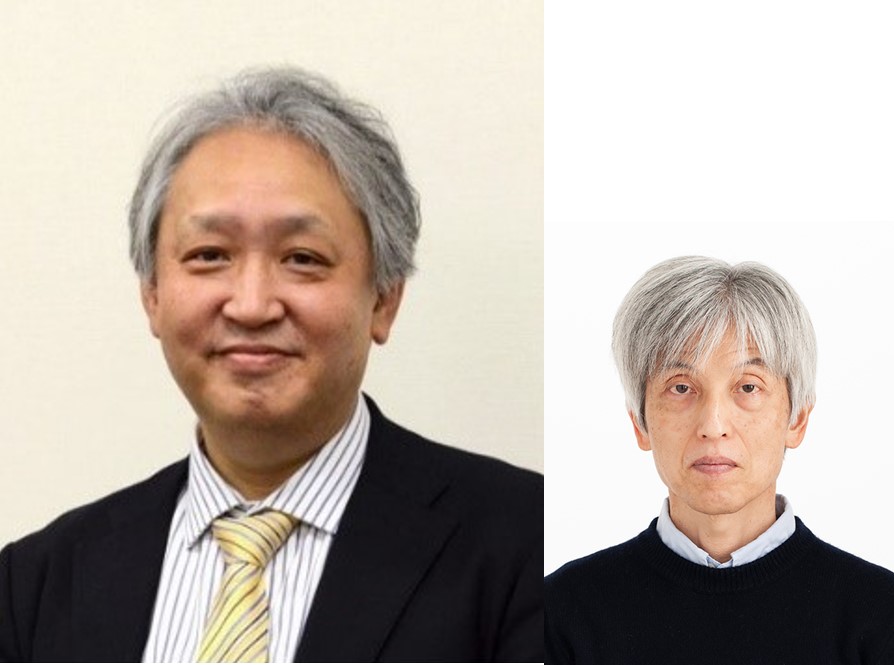
Satoshi WADA Team Leader
Katsushi FUJII Research Scientist
Photonics Control Technology Team, RIKEN Center for Advanced Photonics, RIKEN



Quantitative Target for CO2 Capture and Recycling: 100 million tons/year
This project targets CO2 emissions that cannot be covered by the introduction of renewable energy and CO2-free fuel, and has set a quantitative target of 100 million tons/year for CO2 capture and recycling.
Breakdown of CO2 emissions in Japan and capture/recycling target of this project
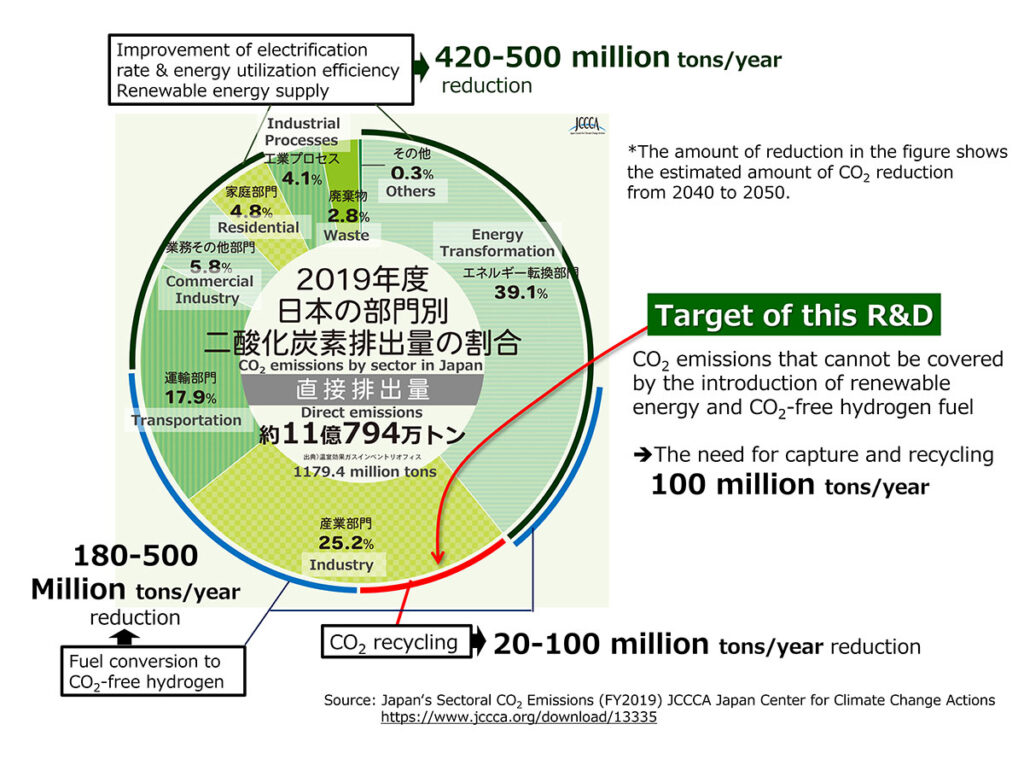
Target Product: Ethylene (C2H4)
Ethylene is a typical basic chemical product, with annual production of 6.42 million tons in Japan and 220 million tons worldwide. It is a feedstock for plastics and synthetic fibers, and is used in about half of plastic products, so we consider it to be one of the most important useful chemical feedstocks.
Ratio of ethylene used in plastic products
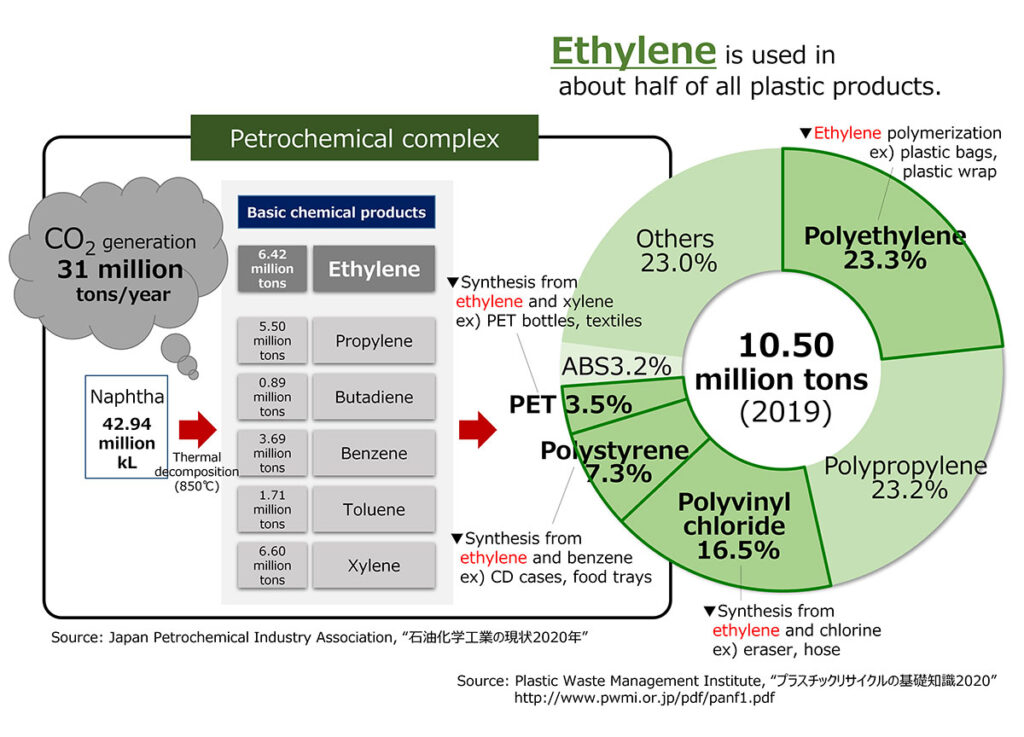
Contacts
R&D-related and general inquiries: Research Center for Advanced Science and Technology, The University of Tokyo
Email ms-contact-group@g.ecc.u-tokyo.ac.jp
Industrial / International Collaboration and Contract related inquiries: RIKEN Innovation Co., Ltd.
Email dacbunsan@innovation-riken.jp

| TOP | Greetings | ▲Top of Page | R&D Summary | Other |
© Urban DAC-U. All Rights Reserved.



